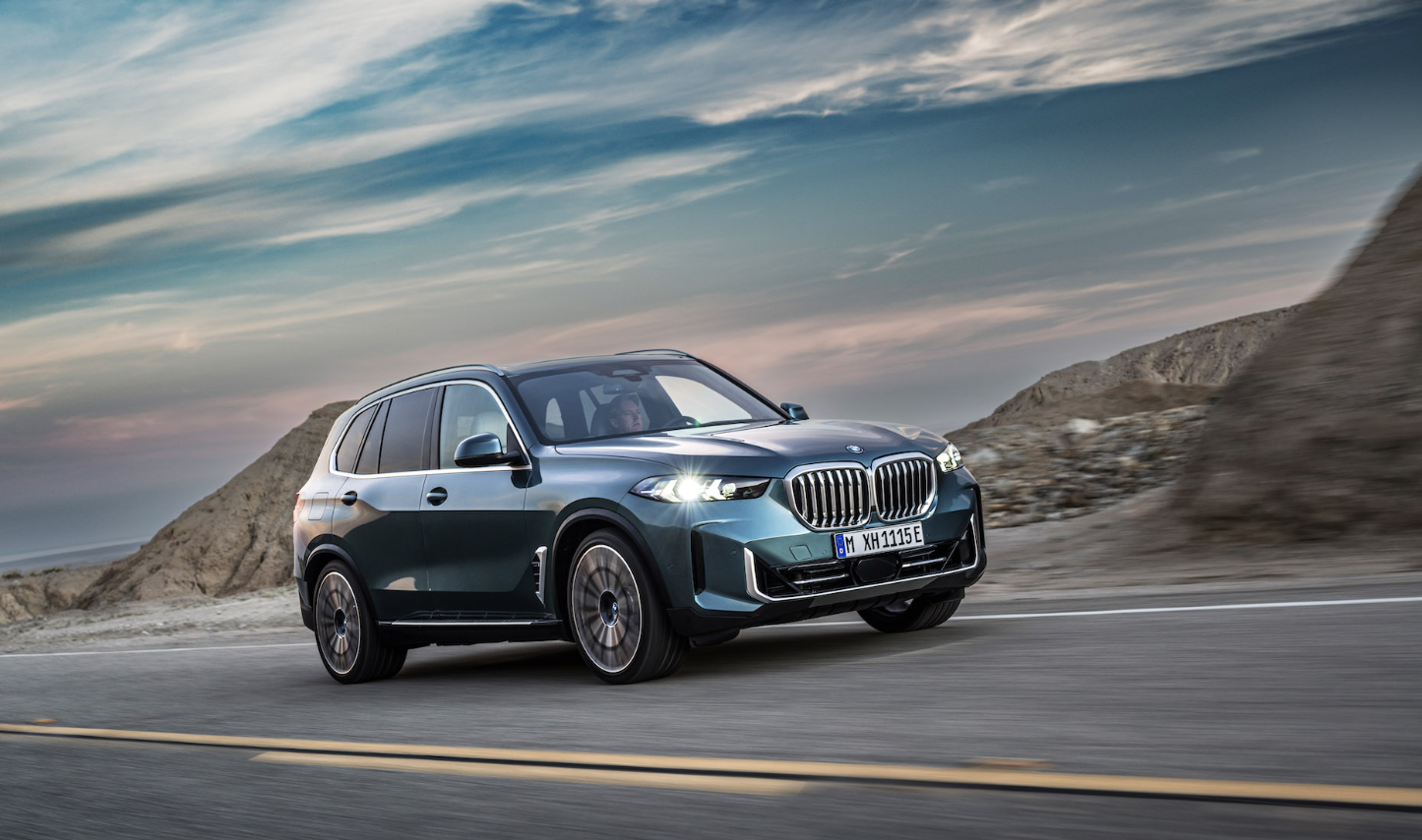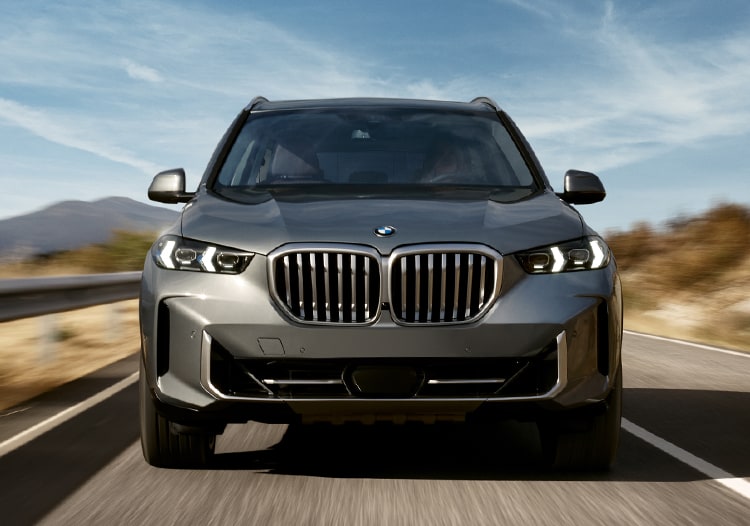
Navigating the Future: A Deep Dive into the 2025 BMW X5’s Adaptive Cruise Control
The automotive landscape is rapidly evolving, with advanced driver-assistance systems (ADAS) taking center stage. Among these, adaptive cruise control (ACC) stands out as a game-changer, promising enhanced safety and comfort. The 2025 BMW X5, a beacon of luxury and innovation, takes this technology to the next level, offering a glimpse into the future of driving.
A Symphony of Sensors and Software: The Foundation of Adaptive Cruise Control
At the heart of the 2025 BMW X5’s ACC lies a sophisticated interplay of sensors and software. The system relies on a combination of:
- Radar Sensors: These sensors, mounted discreetly within the front bumper, emit radio waves to detect vehicles ahead, measuring their distance and relative speed.
- Camera Systems: Integrated into the windshield, these cameras capture visual information about the surrounding environment, recognizing lane markings, traffic signs, and potential hazards.
- Ultrasonic Sensors: Strategically placed around the vehicle, these sensors provide precise proximity data for low-speed maneuvers and parking assistance.
- Advanced Algorithms: The data collected by these sensors is processed by powerful algorithms that continuously analyze the driving environment, making real-time adjustments to the vehicle’s speed and steering.
Beyond Cruise Control: The Evolving Capabilities of ACC
The 2025 BMW X5’s ACC goes beyond the traditional function of maintaining a set speed, offering a suite of enhanced capabilities:
- Traffic Jam Assist: In stop-and-go traffic, the system automatically maintains a safe distance from the vehicle ahead, even at speeds as low as 0 mph. This feature significantly reduces driver fatigue and stress, particularly during long commutes.
- Lane Keeping Assist: The system uses camera data to detect lane markings and gently steers the vehicle back into its lane if it starts to drift. This feature enhances safety and provides a sense of security, particularly during highway driving.
- Active Steering Assist: This advanced feature utilizes the same camera and radar data as the Lane Keeping Assist, but goes a step further by offering hands-on steering assistance, allowing the driver to maintain a comfortable distance from other vehicles and stay centered in their lane.
- Predictive Speed Adaptation: Using GPS data and information gathered from the vehicle’s navigation system, the ACC anticipates upcoming curves, intersections, and speed limits, adjusting the vehicle’s speed accordingly. This proactive approach ensures a smooth and comfortable driving experience.
- Emergency Stop Assist: In the event of a potential collision, the system automatically applies the brakes to avoid or mitigate the impact. This safety feature acts as a last line of defense, providing critical assistance in emergency situations.
The Human Element: An Unwavering Focus on Safety
While the 2025 BMW X5’s ACC offers a remarkable level of automation, it’s crucial to remember that it is a driver-assistance system, not a replacement for human control. The system is designed to enhance safety and comfort, but drivers must remain attentive and ready to intervene if necessary.
The system employs various safeguards to ensure driver engagement and prevent over-reliance on automation:
- Visual and Auditory Alerts: The system provides clear visual and auditory cues to the driver, informing them of its actions and prompting them to take control when necessary.
- Steering Wheel Input: The system requires periodic steering wheel input from the driver to confirm their awareness and engagement.
- System Limitations: The ACC system has limitations, including its inability to operate in all driving conditions. The driver is responsible for understanding these limitations and adjusting their driving behavior accordingly.
The Future of ACC: A Glimpse into Autonomous Driving
The 2025 BMW X5’s ACC represents a significant step towards autonomous driving. As technology continues to evolve, we can expect even more sophisticated features to emerge, including:
- Autonomous Lane Changes: The system will be able to autonomously change lanes, taking into account traffic conditions and driver preferences.
- Traffic Light and Stop Sign Recognition: The system will be able to identify and respond to traffic signals, further enhancing safety and convenience.
- Enhanced Object Recognition: The system will be able to detect a wider range of objects, including pedestrians, cyclists, and other road users, further improving its ability to avoid collisions.
The Impact of ACC: A Transformative Journey
The 2025 BMW X5’s ACC represents a transformative shift in the automotive industry. It not only enhances safety and comfort but also paves the way for a future where driving is more efficient, less stressful, and more enjoyable.
Benefits of ACC:
- Enhanced Safety: ACC significantly reduces the risk of rear-end collisions, a leading cause of car accidents.
- Reduced Driver Fatigue: ACC allows drivers to relax and focus on the road ahead, reducing fatigue and improving overall driving performance.
- Increased Comfort: ACC provides a smoother and more comfortable driving experience, especially in stop-and-go traffic.
- Improved Fuel Efficiency: ACC helps drivers maintain a consistent speed, leading to improved fuel efficiency.
- Preparation for Autonomous Driving: ACC technology is a stepping stone towards fully autonomous driving, laying the groundwork for future advancements.
Challenges and Considerations:
- Cost: ACC systems can be expensive to implement, adding to the overall cost of a vehicle.
- Reliability: While ACC technology has advanced significantly, it is not foolproof and can be affected by weather conditions and other environmental factors.
- Ethical Concerns: The rise of autonomous driving raises ethical concerns about liability in the event of an accident.
- Privacy Concerns: The use of sensors and data collection raises concerns about privacy and data security.
Conclusion:
The 2025 BMW X5’s adaptive cruise control represents a significant advancement in driver-assistance technology, offering a glimpse into the future of driving. While challenges remain, the benefits of ACC are undeniable, promising a safer, more comfortable, and more efficient driving experience. As technology continues to evolve, we can expect ACC to play an increasingly important role in shaping the future of transportation.







